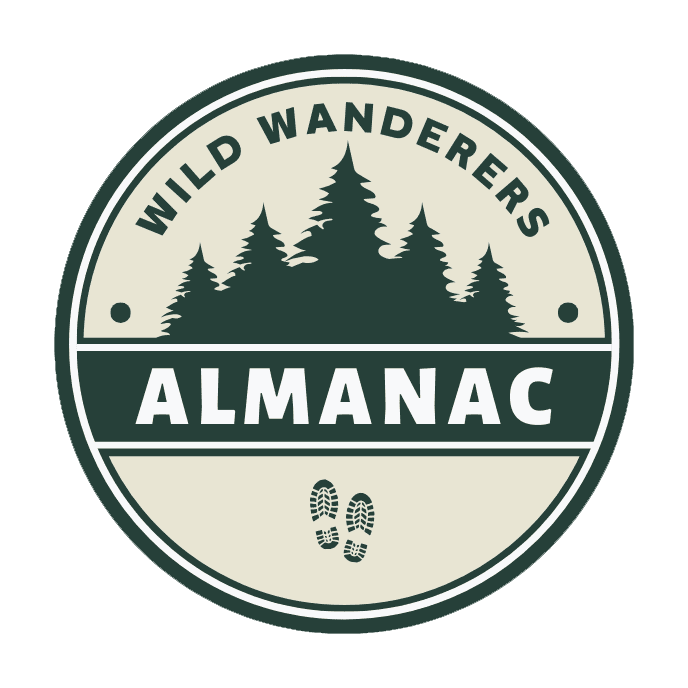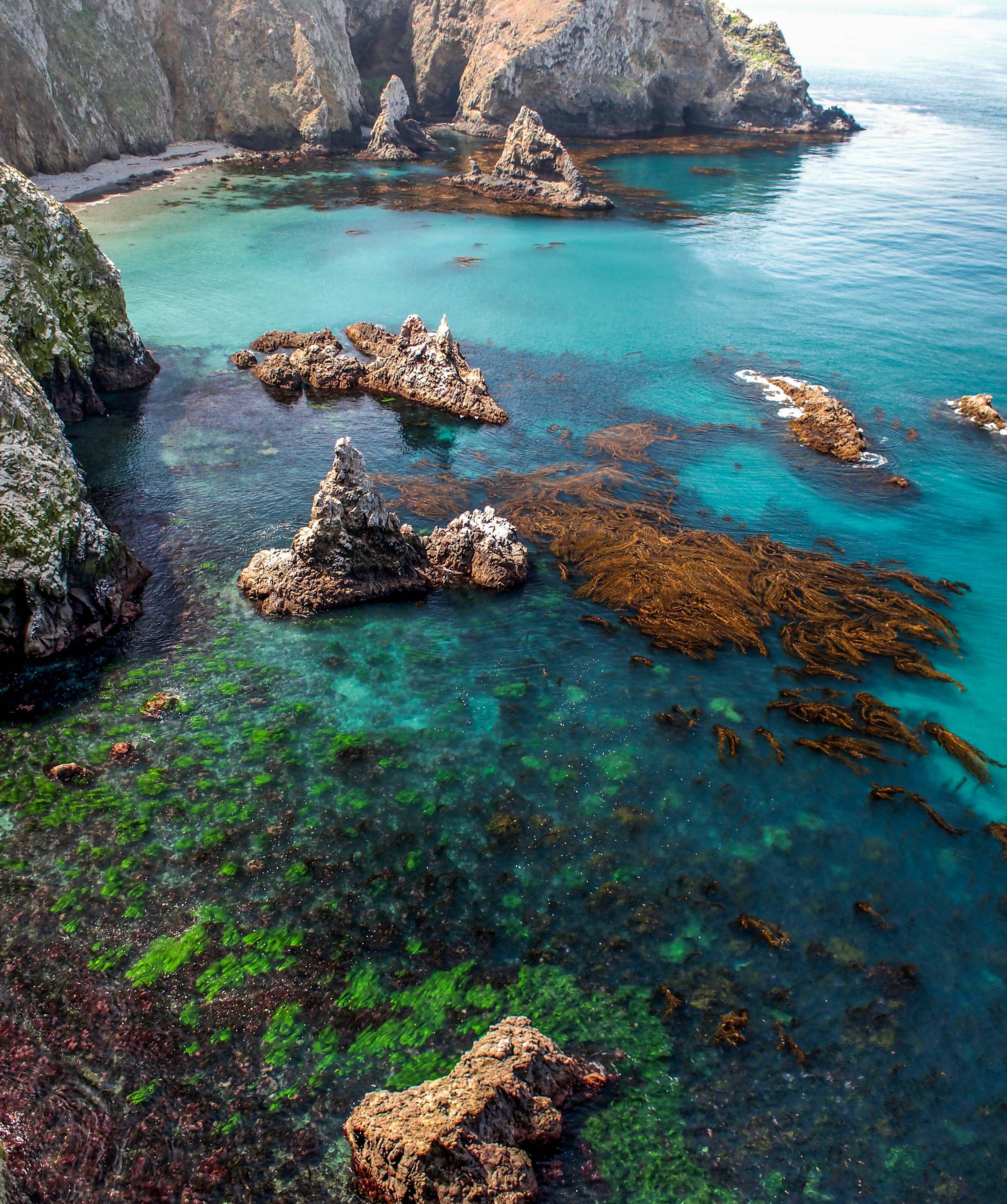Park Information Quick Facts
Location: California
Park Size: 249,561 Acres
Time Needed: 1-2 days
Best Season: June-August
Must Do: Santa Cruz Island
Pro Tips:Fog, high winds, or rough seas can lead to cancellations or delays, so it’s wise to book your trip in advance.
Visitor Centers
The Visitor Center at Channel Islands National Park, located in Ventura, California, serves as the gateway to the park’s five islands. It provides valuable resources and information for visitors before they embark on their adventure. The center features interactive exhibits that highlight the park’s diverse wildlife, history, and ecology, including the fascinating marine and terrestrial life unique to the islands. Visitors can also learn about the cultural significance of the islands, from the Chumash Native American heritage to early European exploration. The center offers educational programs and guided tours, making it an excellent starting point for anyone looking to enhance their experience in the park.
Plan Your Channel Island Adventure Today!
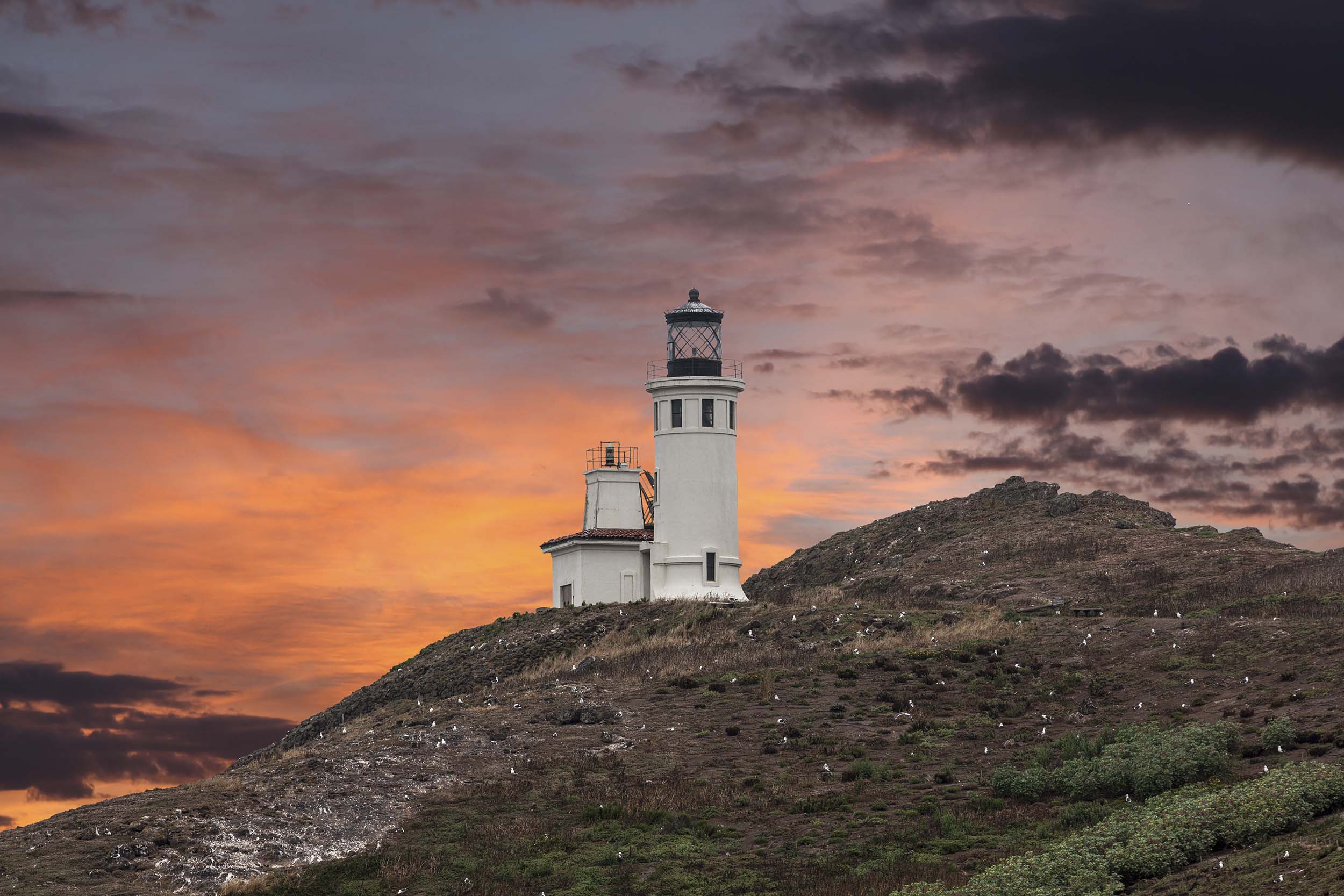
Getting There
How to Travel to Channel Island National Park
Traveling to Channel Islands National Park requires some planning since the park is located off the coast of Southern California, and the islands are only accessible by boat or small aircraft. The most common way to reach the park is by taking a ferry from Ventura Harbor, which offers regular trips to the islands, with the primary departure point being the Island Packers Ferry Service. The ferry ride typically takes between one to two hours depending on which island you are visiting. It’s highly recommended to book tickets in advance, especially during peak tourist seasons, as ferry spaces can fill up quickly.
Alternatively, you can reach the park by plane through Channel Islands Aviation, which operates flights from the mainland to the islands, landing at the small airstrips on Santa Rosa and Santa Cruz Islands. The plane ride is a scenic 30-minute flight and is a great option for those looking to skip the boat ride and enjoy aerial views of the islands. Flights tend to be more expensive than ferries, and reservations are also necessary to ensure availability. It’s important to note that weather conditions can affect both ferry and flight schedules, so it’s essential to check in advance and plan for flexibility in case of delays or cancellations.
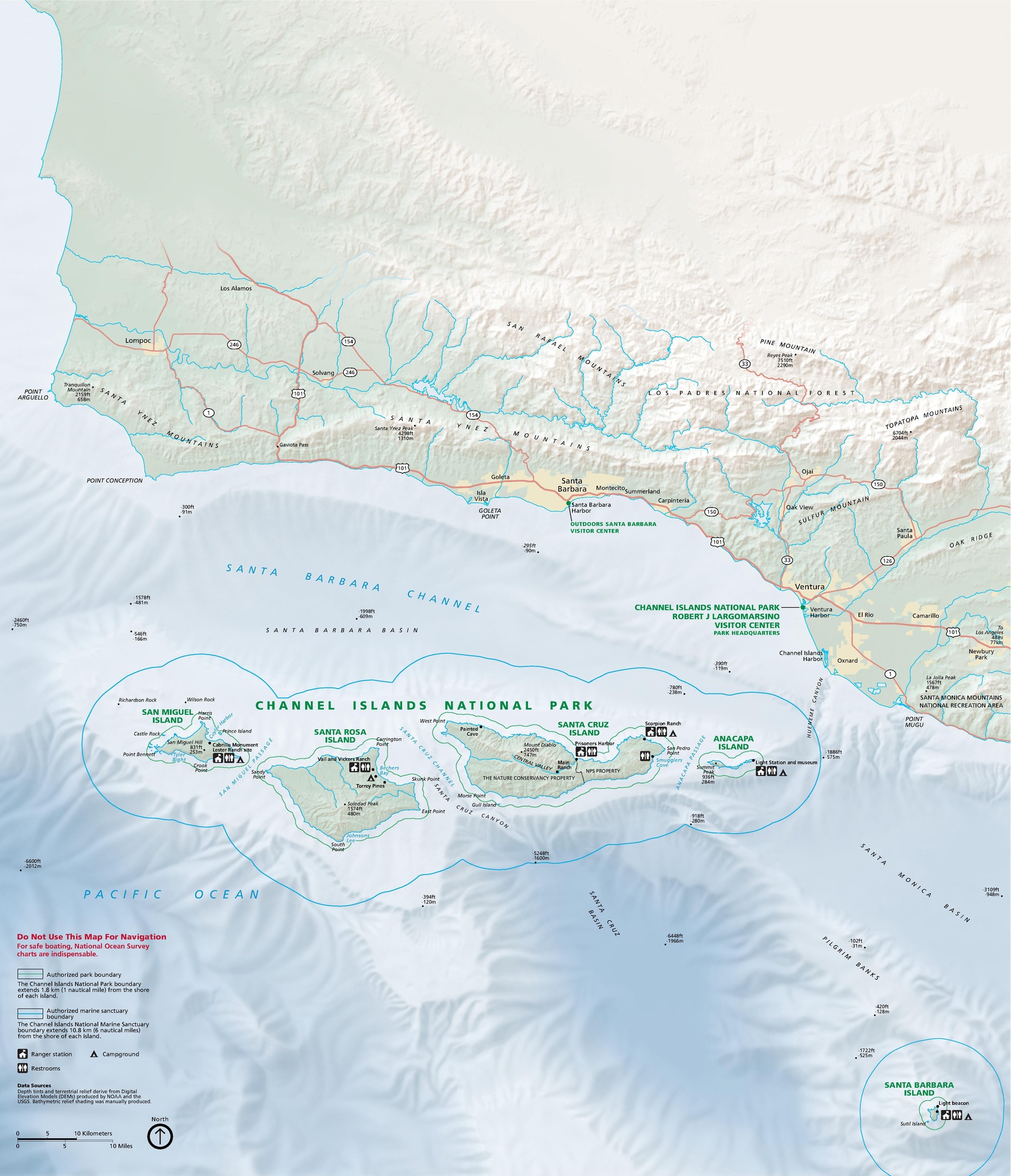
Campsites
Scorpion Ranch Campground (Santa Cruz Island)
-
This is the most popular campground in the park, located near the Scorpion Anchorage on Santa Cruz Island. The campground has 25 campsites, some of which offer ocean views. Facilities include picnic tables, fire rings, and restrooms (but no showers). Hiking, kayaking, and wildlife watching are common activities, and it’s a great base for exploring the island’s unique landscapes. The campground is accessible by ferry or private boat, and reservations are required during peak seasons.
Bechers Bay Campground (Santa Rosa Island)
-
Located on the northern shore of Santa Rosa Island, this campground has 15 campsites and offers a more remote and quiet experience compared to Scorpion Ranch. It is situated near the island’s historic ranching area and offers easy access to hiking trails, beaches, and opportunities to see wildlife such as the island fox. There are picnic tables, fire rings, and restrooms, but no running water, so visitors need to bring their own water. This site is accessible by ferry from the mainland, and reservations are necessary.
Anacapa Island Campground (Anacapa Island)
-
The campground on Anacapa Island is smaller and more rustic, with only five campsites. The island is known for its dramatic cliffs, seabird colonies, and lighthouse. The campground is located at the top of the island, providing sweeping views of the surrounding ocean. There are no facilities on Anacapa, so campers must bring everything they need, including water and food. Access is by boat, and due to the small size of the island, this campground is typically quieter and more secluded.
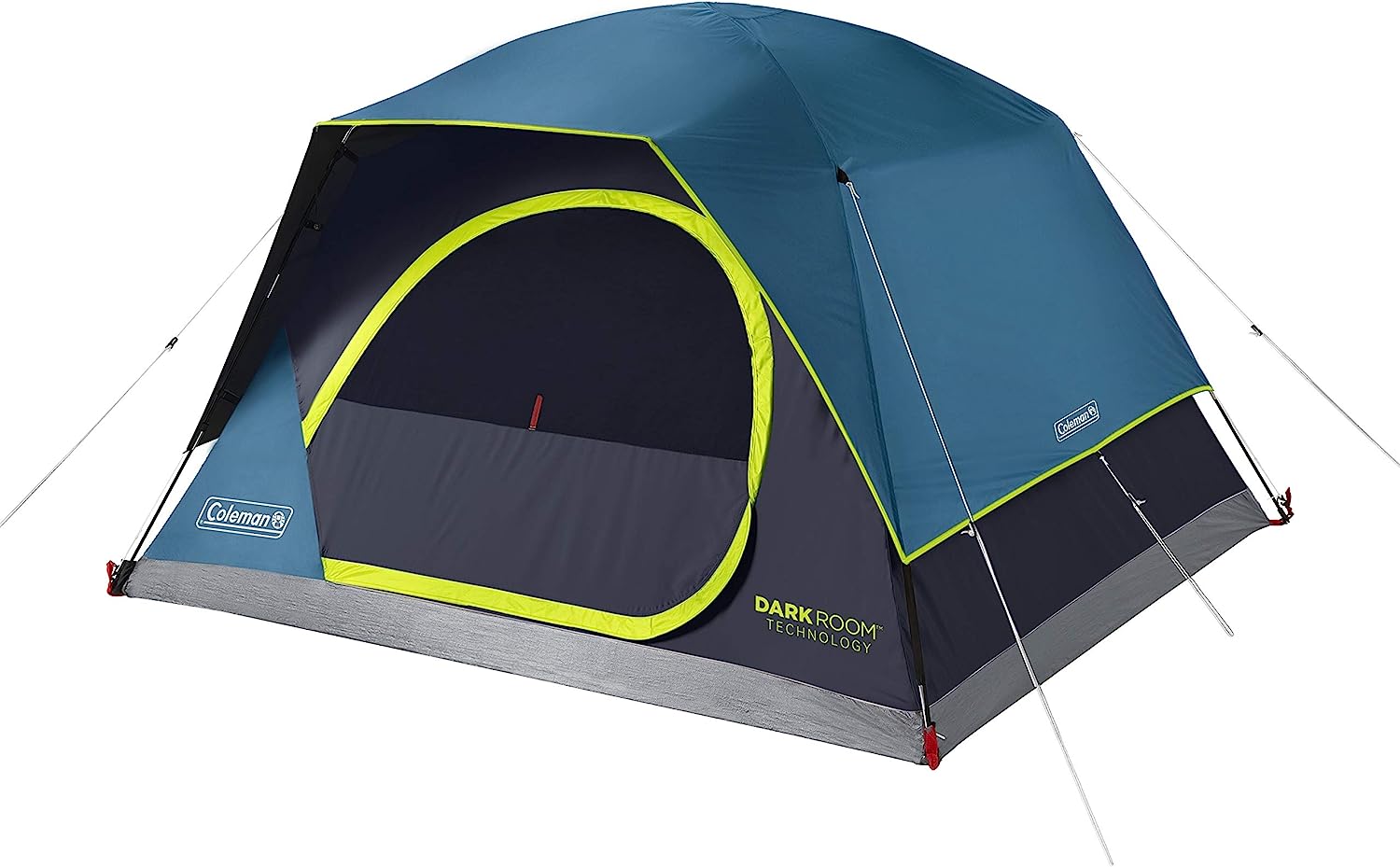
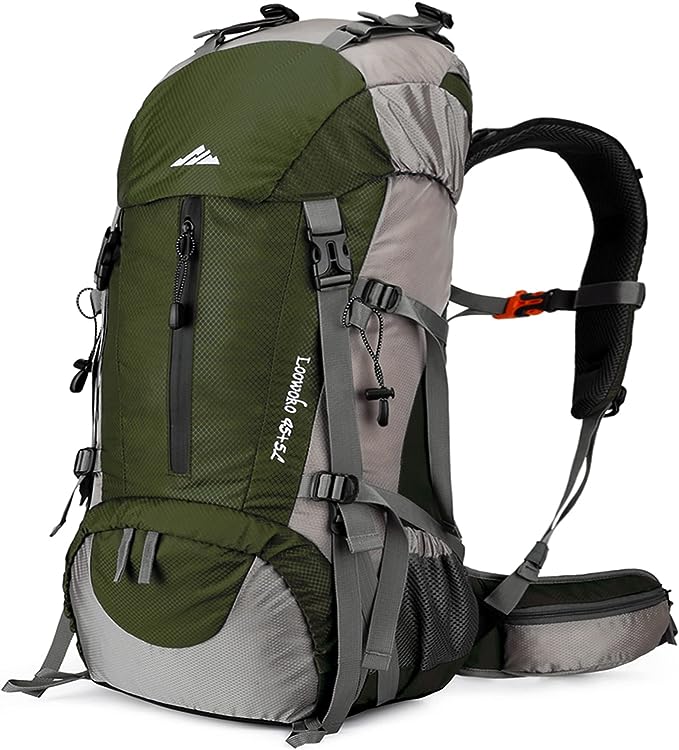
- Be Prepared with Supplies: Camping at Channel Islands National Park requires careful preparation since the islands have no stores or services. Make sure to bring all the necessary camping gear, including a tent, sleeping bag, food, cooking equipment, and plenty of water. Additionally, pack sunscreen, a first aid kit, and sturdy footwear for hiking. It’s essential to bring enough water for your entire stay, as fresh water is not available on most islands, and you won’t be able to resupply once you’re on the islands.
- Check Weather and Ferry Schedules: Weather conditions can change rapidly, especially on the Channel Islands, and can affect both ferry and flight schedules. Make sure to check the weather forecast before your trip and have a backup plan in case your ferry or flight is delayed or canceled due to rough seas or fog. It’s a good idea to allow extra time for flexibility in your travel plans, as access to the islands is limited.
- Respect the Environment: The Channel Islands are a protected national park, home to rare and endemic species of plants and animals. To help preserve the islands’ natural beauty, practice Leave No Trace principles. Pack out all trash, avoid disturbing wildlife, and stay on designated trails. Be mindful of the sensitive ecosystems and avoid picking plants or feeding animals. Following these guidelines ensures that the islands remain pristine for future generations.
Popular Hiking Trails
Scorpion Canyon Trail (Santa Cruz Island
- Length: 3.5 miles round trip
- Difficulty: Moderate
- Description: This scenic trail begins at the Scorpion Ranch Campground and winds through the island’s diverse terrain, including coastal bluffs and rugged canyon landscapes.
Potato Harbor Trail (Santa Cruz Island)
- Length: 1.5 miles round trip
- Difficulty: Moderate
- Description: Starting from the Scorpion Ranch area, the Potato Harbor Trail offers stunning coastal views as it heads toward a picturesque harbor.
Torrey Pines Trail (Santa Rosa Island)
- Length: 2 miles round trip
- Difficulty: Easy to Moderate
- Description: This trail takes visitors through one of the most unique ecosystems on the islands, where the rare Torrey pine trees grow.
Lobo Canyon Trail (Santa Rosa Island)
- Length: 3 miles round trip
- Difficulty: Moderate
- Description: The Lobo Canyon Trail takes hikers through a diverse landscape of rocky outcrops, grasslands, and coastal cliffs.
Anacapa Island Trail (Anacapa Island)
- Length: 1.5 miles round trip
- Difficulty: Easy to Moderate
- Description: Anacapa Island is the smallest and most accessible of the park’s islands, and this short trail takes visitors to the island’s iconic lighthouse.
Cavern Point Trail (Santa Cruz Island)
- Length: 2.5 miles round trip
- Difficulty: Easy
- Description: This easy trail offers spectacular views of the rugged coastline and the Santa Barbara Channel.
Coastal Trail (Santa Cruz Island)
- Length: 6 miles one-way
- Difficulty: Moderate to Strenuous
- Description: The Coastal Trail is a more strenuous option for those looking for a longer hike.
Lady of the Woods Trail
- Distance: 1 mile
- Difficulty: Easy
- Highlights: A short, family-friendly trail through a beautiful forested area, offering views of Crater Lake and its surrounding environment.
Hiking Channel Island National Park
Gear We Used

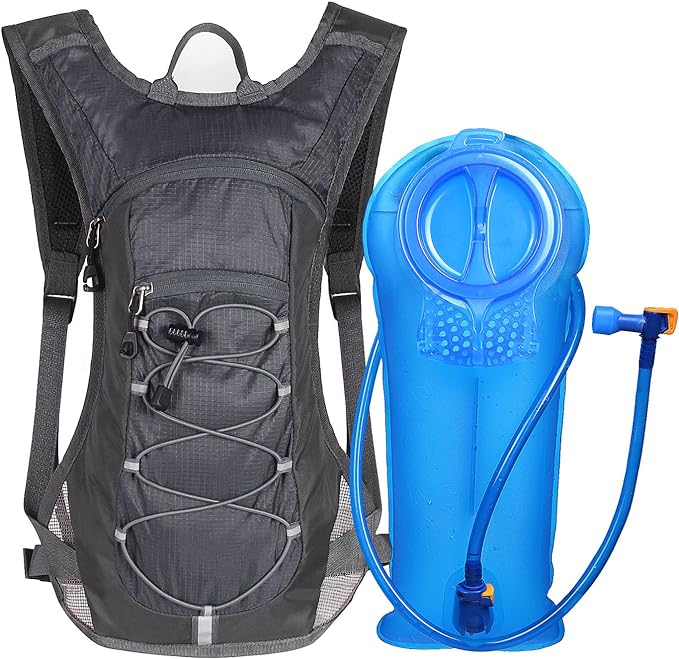
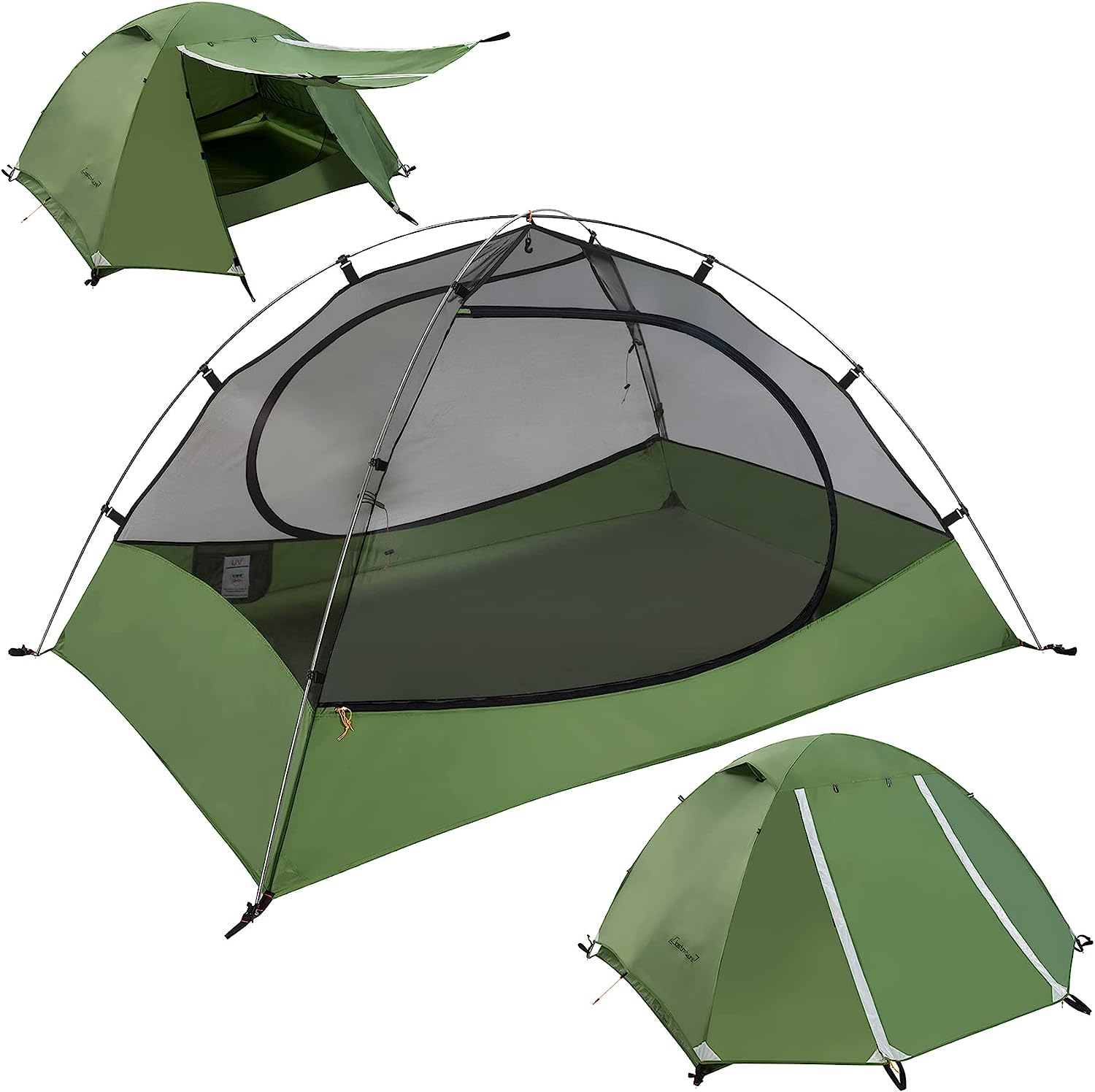
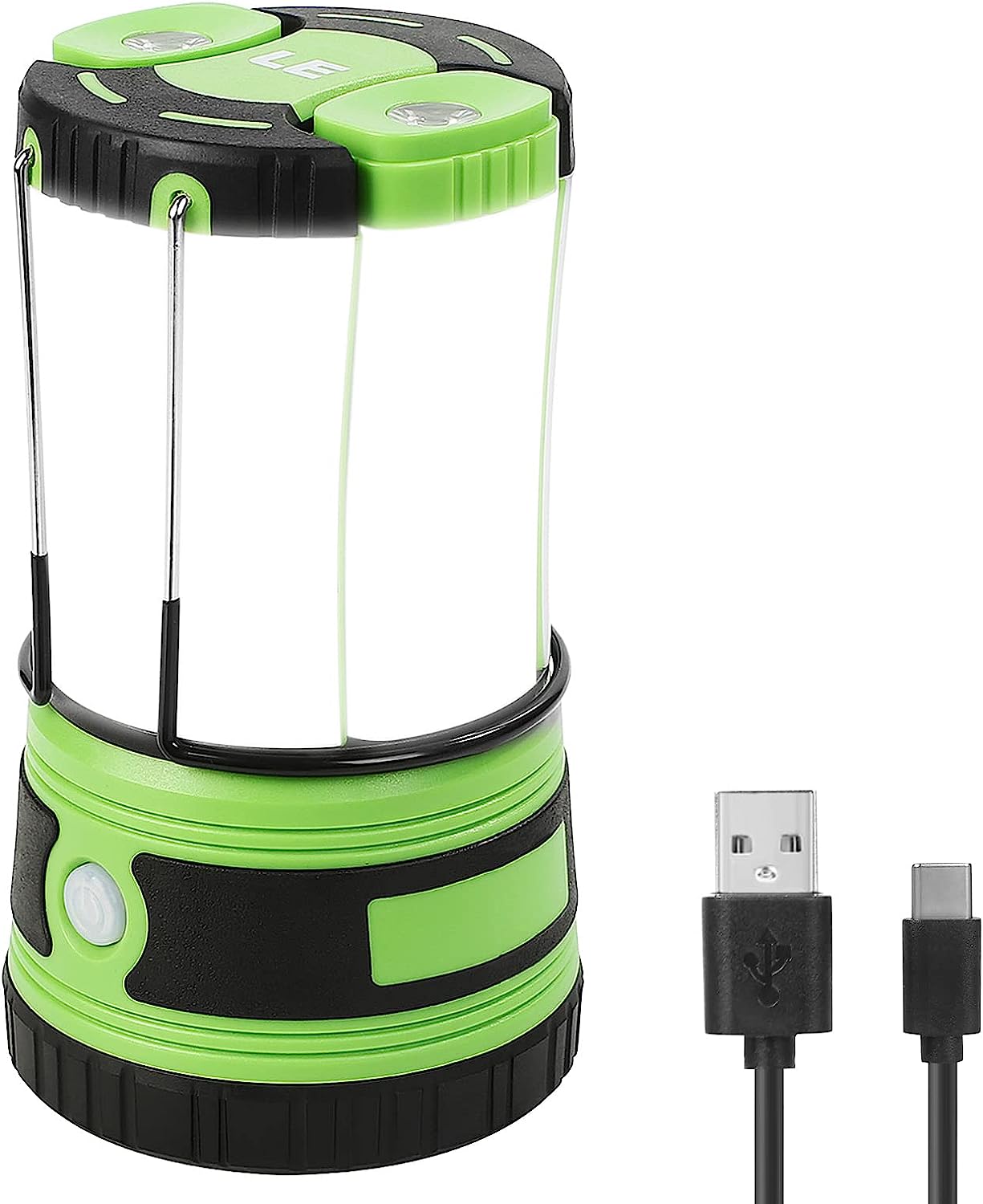
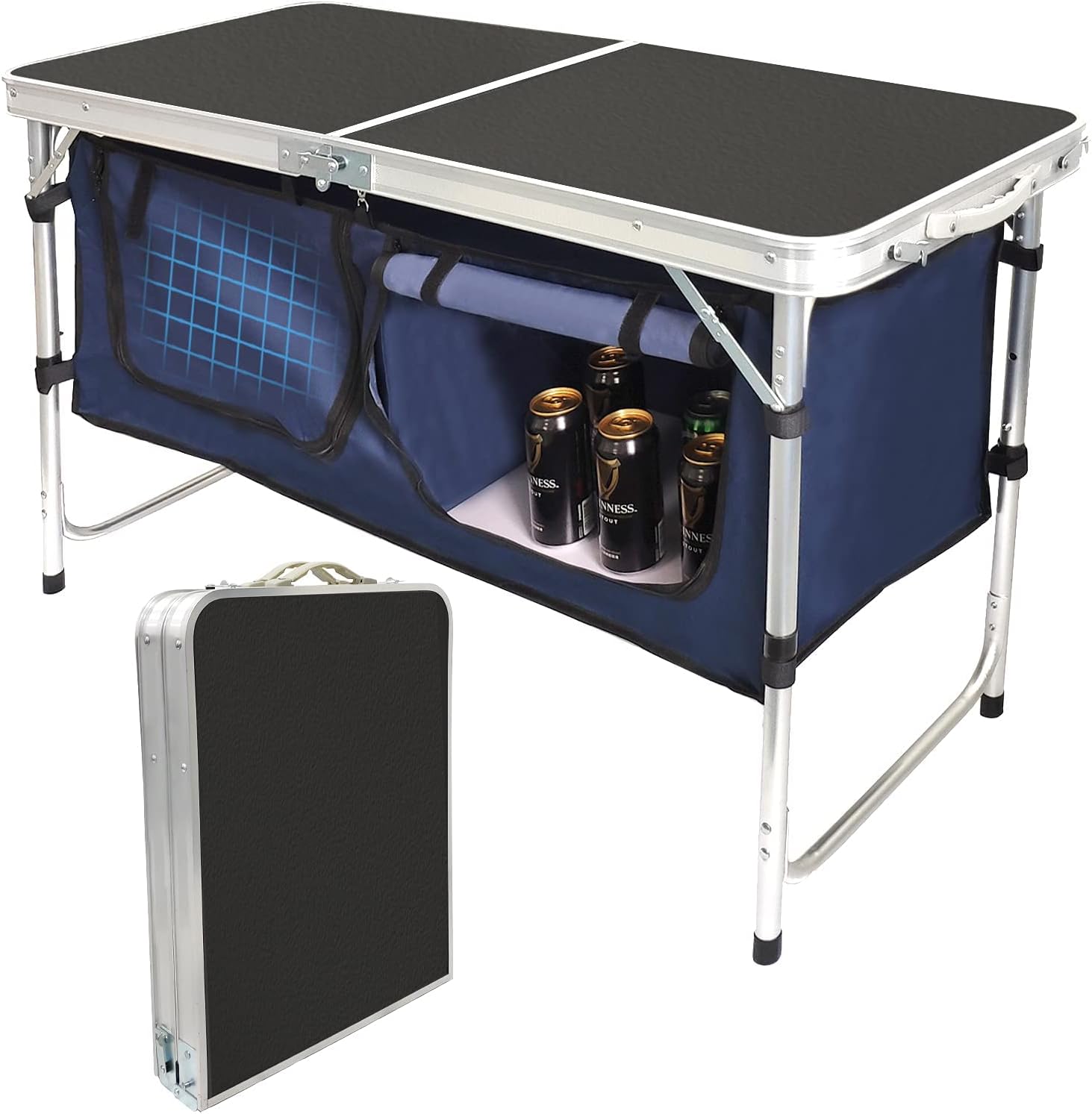
Must-Do Activities
Wildlife Watching
One of the top activities at Channel Islands National Park is wildlife watching. The islands are home to a variety of endemic species, including the island fox, which is found only on the Channel Islands. Visitors can also spot sea lions, harbor seals, and diverse seabird colonies, especially on Anacapa and Santa Cruz Islands. For those interested in marine life, the waters around the islands are teeming with dolphins, whales, and other marine mammals, making it a great spot for wildlife enthusiasts and photographers.
Snorkeling and Kayaking
The clear waters surrounding the Channel Islands offer fantastic opportunities for snorkeling and kayaking. With kelp forests, rich marine life, and vibrant underwater ecosystems, both activities provide a chance to explore the underwater world of the islands. Popular spots like Scorpion Anchorage on Santa Cruz Island are known for their calm waters, making them ideal for first-time snorkelers or seasoned adventurers. Kayaking along the island coastlines also allows visitors to get up close to sea caves and rocky shorelines, offering a different perspective of the islands’ natural beauty.
Hiking and Scenic Views
Channel Island National Park History
Channel Islands National Park has a rich and diverse history, shaped by both human and natural influences over thousands of years. The islands were first inhabited by the Chumash people, who lived on the islands for at least 13,000 years. The Chumash developed a unique culture, relying on the islands’ resources for fishing, hunting, and gathering. They built impressive seafaring canoes known as tomols, which allowed them to travel between the islands and the mainland. Evidence of their presence, including rock art and ancient villages, can still be seen today on several of the islands, offering a glimpse into their way of life.
In the late 1500s, European explorers arrived in the region, including the Spanish, who named the islands the “Channel Islands” because they lay along the channel between the mainland and the islands. Over the centuries, the islands were used for various purposes, including as hunting grounds, ranching land, and military outposts. During the 19th century, the islands became important for sheep farming and cattle ranching, with large-scale operations established on Santa Cruz and Santa Rosa Islands. This period of European influence greatly altered the islands’ natural landscapes, introducing non-native plants and animals that had significant ecological impacts.
